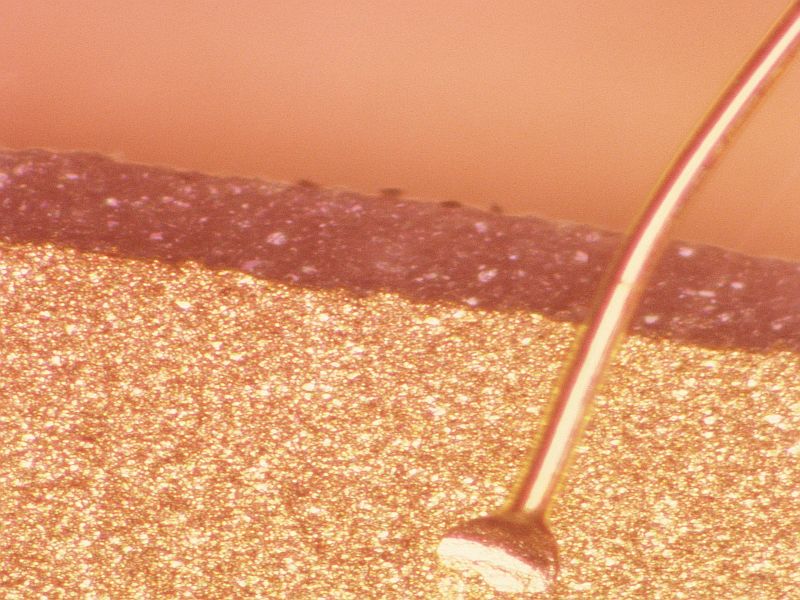

Scientists Zero In on Cause of Rare, Disfiguring Skin Disorder
Ichthyosis is a genetic condition that leaves people with red, scaly skinThursday, September 22, 2016

THURSDAY, Sept. 22, 2016 (HealthDay News) -- The rare genetic skin condition ichthyosis leaves those affected with red, scaly skin. Now, scientists say they may have pinpointed both the cause of the disease and a potential treatment.
"These patients are tremendously disfigured by this skin disease," explained lead researcher Dr. Amy Paller, an attending physician at the Ann & Robert H. Lurie Children's Hospital in Chicago.
"It can be painful, itchy and easily gets infected. They may have trouble using their hands and walking," she said in a hospital news release.
The disorder has long baffled scientists, Paller said. However, her team's research may have identified the underlying cause of ichthyosis, and it's similar to what drives a far more common skin condition -- psoriasis.
Paller and her team discovered that a part of the immune system, known as the Th17 pathway, is overly active in people with ichthyosis. The more active the pathway, the greater the severity of the disorder, she explained.
After determining the underlying cause for the condition, she found that the biologic drug secukinumab (Cosentyx) -- currently used to treat psoriasis -- may also work for ichthyosis.
Like ichthyosis, psoriasis is associated with an overactive Th17 pathway.
Paller, who said she has researched ichthyosis for the past three decades, added that patients with the disorder have traveled from remote areas across the world to be evaluated by her.
The Chicago researcher said she'll soon begin testing the effectiveness of secukinumab against ichthyosis in clinical trials. The drug works by targeting the immune system and calming overactivity in this pathway, Paller said.
The research was published on Sept. 19 in the Journal of Allergy and Clinical Immunology.
SOURCE: Northwestern Medicine, news release, Sept. 19, 2016
HealthDay
Copyright (c) 2016 HealthDay. All rights reserved.
News stories are provided by HealthDay and do not reflect the views of MedlinePlus, the National Library of Medicine, the National Institutes of Health, the U.S. Department of Health and Human Services, or federal policy.
- More Health News on:
- Skin Conditions









































No hay comentarios:
Publicar un comentario